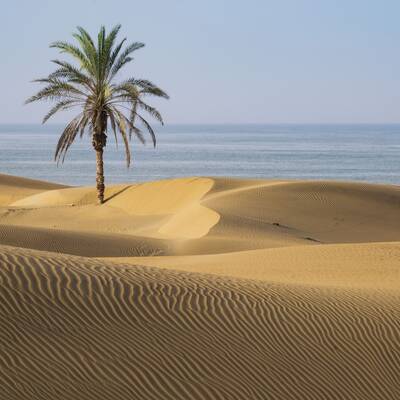Sistan Mount Khwaja is an example of brick architecture in the Sistan region, left over from the Parthian period. Ancient and natural structures related to different historical periods can also be seen in this ancient area, the most spectacular among them are the tomb of Khawaja Mahdi bin Muhammad bin Khalifa, Eunuch Kulkan and Gandom Beryan. Also, the remains of the Scythian tribes form the older periods of Mount Khwaja.
In addition, one must visit Kohan Dezh, Kak Kahzad Castle and Kafaran Castle in Mount Khwaja. Mount Khwaja complex was discovered for the first time in 1916 by the famous British archaeologist named Sir Marc Aurel Stein. After that, Herzfeld, a German orientalist, continued the excavation expeditions in Mount Khwaja from 1925 to1929. As a result of these archaeological excavations, a site related to the Neolithic period was discovered. This great discovery brought Mount Khwaja into the list of areas with objects as old as the prehistory.
The architectural decorations used in some castles of Mount Khwaja are similar to the Greek art. Especially the columns’ capitals and the small fluffy flower similar to the lotus, which remind us of the Achaemenid examples. Among the parts of this ancient site, we can mention the special room for circumambulation, the fire pit, and also the painted porches.
The most significant among the paintings are the picture of three magicians, who are seen together with the god Eros or the god of victory who is riding a horse, next to a king and queen as well as the Parthian elders. It also should be said that there are two clay reliefs depicting three horsemen moving behind each other.
The castles of Mount Khwaja include walls of more than 40 meters height, made of clay, dating back to thousands of years ago. In 1345 AH, Mount Khwaja was registered in the list of Iran National Monuments (No. 540) by the Ministry of Culture and Arts.
.jpg)
.jpg)
.jpg)
.jpg)
.jpg)
.jpg)
.jpg)
.jpg)


3456.jpg)